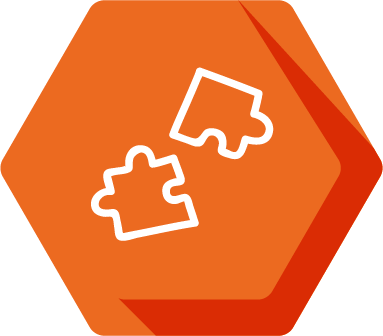Emmanuel Hernandez

Pronouns: He/Him/His
UROP Fellowship: Engineering
Research Mentor(s): Kimberlee Kearfott, ScD
Research Mentor Institution/Department: College of Engineering, Department of Nuclear Engineering and Radiological Sciences
Presentation Date: Wednesday, August 4th
Session: Session 2 (4pm-4:50pm EDT)
Breakout Room: Room 1
Presenter: 2
Abstract
“Background: Virtual Reality (VR) is largely the result of immersive game evolution, which strives to make players feel like they are really “in the game”. Many software and hardware companies have been creating the next best immersive experience to make the not real, very real. Despite this, many of the most popular games only serve the player as entertainment and don’t supply any additional value. Applying the VR gaming concept to education could encourage students to learn, create, and think critically while having fun. When VR is applied to radiation safety, the resulting accrued experiences could ultimately even save lives. Specialized software platforms, such as Unity and Unreal, allow individuals with only basic skills to create games. Three-dimensional (3D) object modeling tools like SolidWorks and Blender permit the creation of objects which may not already be readily available in digital libraries.
Introduction: Most radiation safety training is conducted in-person in a formal classroom setting. At most universities, this is required before any work may be conducted in laboratories with radiation sources. These classes cover the fundamentals of proper conduct to minimize radiation doses, are time-constrained, and involve standardized testing. While the courses are essential and legally required, it is difficult for students to develop a lasting “sense” or “feeling” for working in radiation fields. Specifically, an intuition around the protective measures of time, distance, and shielding is difficult to develop in traditional classrooms.
It was therefore desirable to create a game aimed at developing “radiation intuition” while being engaging and fun. The goal of this project is to take the radiation safety curriculum to a fully immersive VR environment with a game format. Why read about how to properly dispose of radioactive waste when you can simulate through the experience using a VR headset? Not only is this process more realistic, the player is 100% safe from any real radioactive danger while freely experimenting. This way any player can practice and know what to look out for when the time comes to actually dispose of radioactive materials.
Methods/Results: A popular, user-friendly game creation software platform called Unity is employed. Because Unity and its associated digital libraries do not include specialty items such as radiation detectors, three-dimensional modelling software, namely Blender, is used. Blender allows the creation of any object and export of it directly into a Unity game. Usage of the objects in the game is coded using C# in Visual Studio Code. The ultimate product is a realistic game that approximates radiation physics with graphics, interactable objects, and functionality. So far, multiple game multiple levels have been created in the radiation-protection game, with each level designed to teach an important skill in radiation safety. Although the game is still under development, it will ultimately be tested on a cohort of students with an assessment designed to evaluate specific learning objectives.
Conclusion: The project’s purpose is to enhance the radiation protection training experience by making it fun, while expanding the learning objectives to include development of radiation intuition.”
Authors: Emmanuel Hernandez, Nikita Abbaraju, Daniel Calco, Aiden Sable, Xinyi Zheng, Jordan Noey, Kimberlee Kearfott
Research Method: Computer Programming







